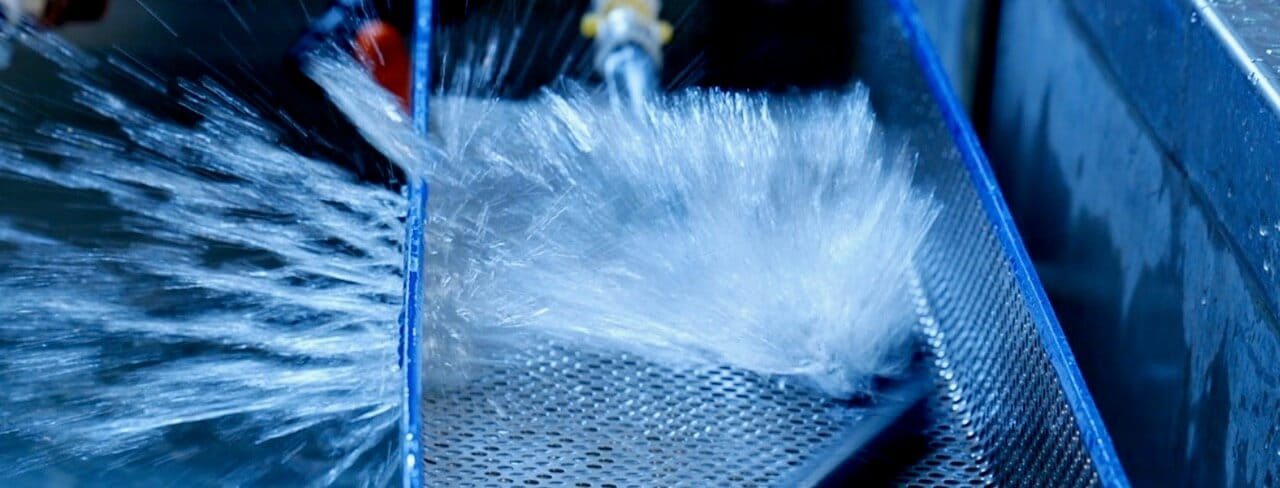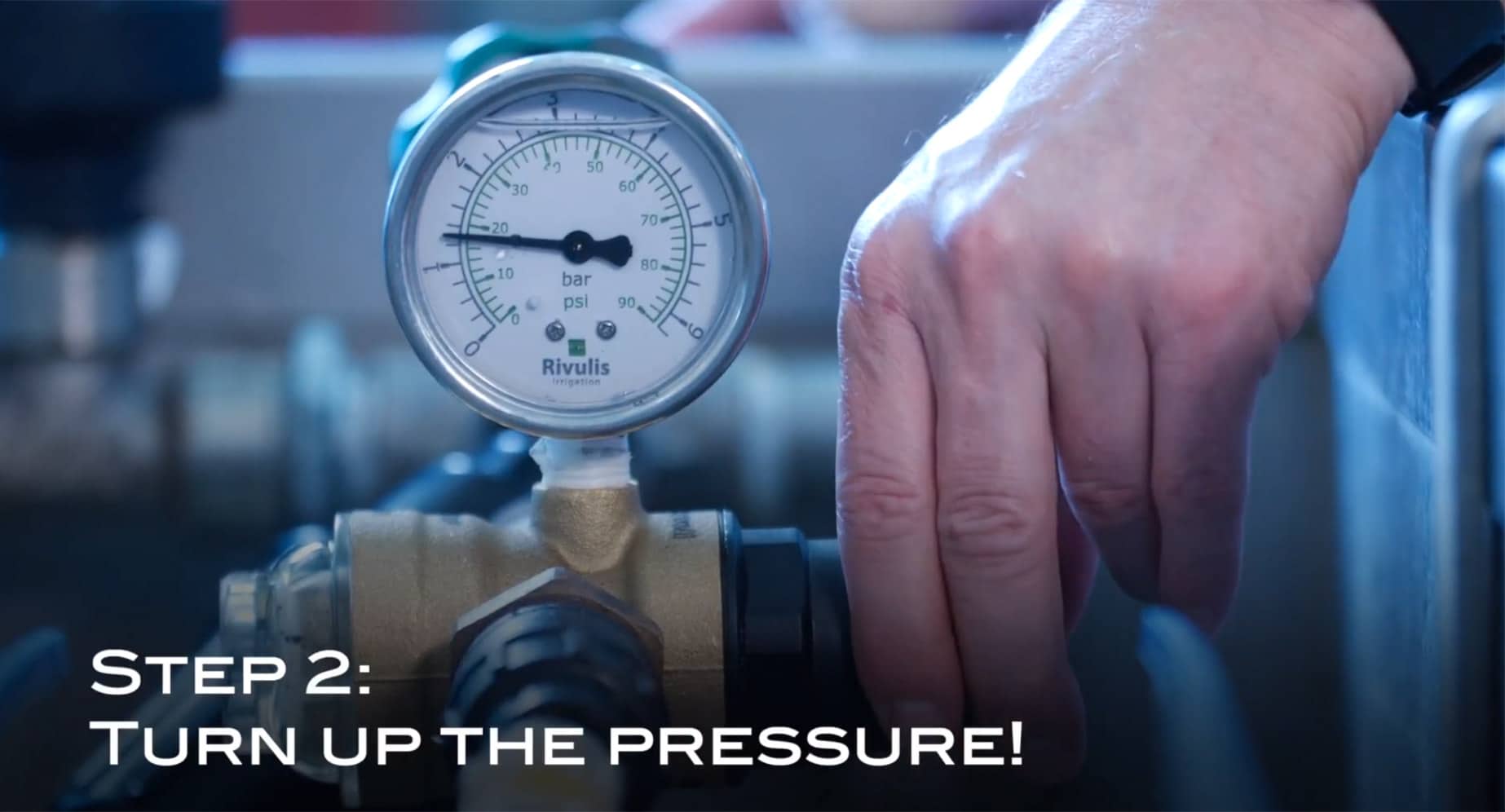The International Organization of Standardization (ISO) prescribes tests and their subsequent procedures to fairly and accurately assess products.
At Rivulis we use ISO standards to fairly validate and accurately compare our products. In a series of tests, we compare Rivulis T-Tape with a leading competitor in the industry.
Discover the T-Tape difference for yourself.
Test 1: Burst Test
Protocol: ISO 9261. Section 9.5 – Resistance to Hydraulic Pressure. Agricultural irrigation equipment – Emitters and Emitting Pipe – Specification and Test Methods
Products Tested: Rivulis T-Tape 16 mm (5/8”) diameter with 6mil wall thickness vs a Leading Competitor equivalent product
Method: 1. Pressure is gradually increased to determine burst pressure. 2. For all products, water temperature is kept constant and the pressure is increased at the same speed
Result: Rivulis T-Tape could withstand 25% additional pressure before bursting when compared to the leading competitor
Test 2: Elongation Break
Protocol: ISO 6259. Thermoplastics pipes – Determination of Tensile Properties
Products Tested: Rivulis T-Tape 16 mm (5/8”) diameter with 6mil wall thickness vs a Leading Competitor equivalent product
Method: 1. Same size samples are cut and stretched until they snap. 2. Measure the Elongation Break – length it will stretch before snapping
Result: Rivulis T-Tape stretched 152% further on average before breaking when compared to the leading competitor
Test 3: Stress Peak
Protocol: ISO 6259. Thermoplastics pipes – Determination of Tensile Properties
Products Tested: Rivulis T-Tape 16 mm (5/8”) diameter with 4 mil wall thickness vs a Leading Competitor equivalent product with 6 mil wall thickness
Method: 1. Same size samples are cut and stretched until they snap. 2. Measure the Stress Peak – the force to break (n/mm^2)
Result: Despite the Rivulis T-Tape being 33% thinner than the competitor product , T-Tape required 17% more force to break compared to the leading competitor product.




